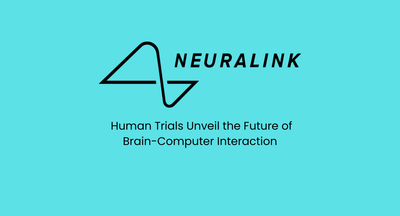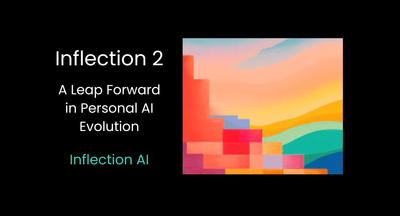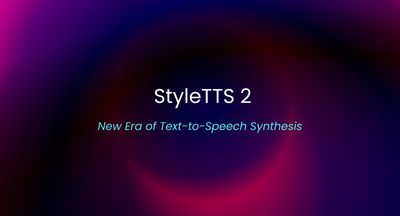Tokens
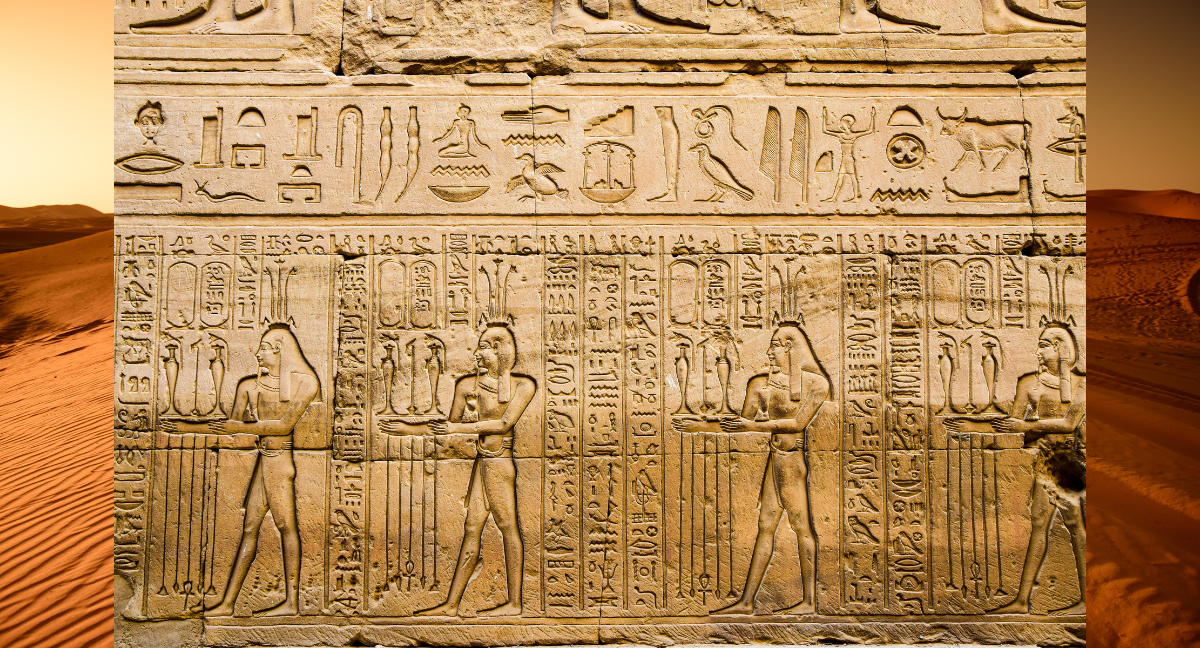
In the vast landscape of artificial intelligence, tokens serve as the fundamental building blocks that enable machines to process and comprehend complex information. These small, discrete units of data act as the Lego bricks of AI, allowing algorithms to tackle the gargantuan task of understanding and processing diverse elements such as words, images, and sounds. In this blog post, we will delve into the world of tokens, exploring their role, significance, and impact on the AI landscape.
Understanding Tokens:
Tokens are the key to representing information in AI systems. Regardless of the type of data—text, images, or sounds—, AI perceives it as numerical vectors. To illustrate this, let's consider an example using ChatGPT. A sentence like "What is the capital of Moldova?" is broken down into smaller tokens, such as individual words or characters.
Types of Tokens:
A. Text Tokens: Text tokens represent words, phrases, or characters in written or spoken language. They empower AI models to understand language, decipher sentiments, translate languages, and perform linguistic feats. Short and common words are typically represented by text tokens, while longer or uncommon words are broken down into smaller tokens.
B. Visual Tokens: Just as we rely on our eyes to interpret the world, AI systems use visual tokens to make sense of images. These tokens are generated through techniques like image segmentation and object detection, enabling AI models to identify objects, track movements, and comprehend entire scenes. Visual tokens play a vital role in image recognition, self-driving cars, and transforming pixels into meaningful insights.
C. Audio Tokens: Auditory tokens represent sounds, speech, or audio signals encountered by AI systems. These tokens involve creating visual representations like spectrograms and deciphering phonemes. With audio tokens, AI systems can perform speech recognition, voice synthesis, music analysis, and audio classification, powering voice assistants, transcription services, and immersive audio experiences.
D. Multimodal Tokens: The magic happens when AI systems integrate text, images, and audio through multimodal tokens. These tokens enable a comprehensive understanding of complex information by unraveling the relationships between different modalities. Multimodal tokens pave the way for automated image captioning, video summarization, and immersive virtual experiences.
Practical Implications:
A. Context Window: Tokens are associated with a context window, which defines the maximum number of tokens an AI system can effectively handle at once. Understanding the context window is crucial in feeding AI models with the appropriate amount of text, ensuring that the full context is captured. Different models have varying context window sizes, which impacts the scope of the information they can process.
B. Operating Costs: Tokens also have an impact on the operational costs of utilizing AI services. The cost is often tied to the number of tokens processed. It's essential to optimize prompts and inputs to minimize unnecessary token usage, thereby reducing computational resource requirements and managing expenses effectively.
Tokens are the unsung heroes of AI, enabling machines to process and comprehend the vast ocean of information surrounding us. Understanding their significance in terms of information limits and operating costs empowers us to make informed decisions when working with AI systems. By harnessing the power of tokens, we can optimize inputs, improve efficiency, and navigate the AI landscape with confidence. So, the next time you encounter AI, remember the power and importance of these humble Lego bricks that shape the world of artificial intelligence.
Reference Link:
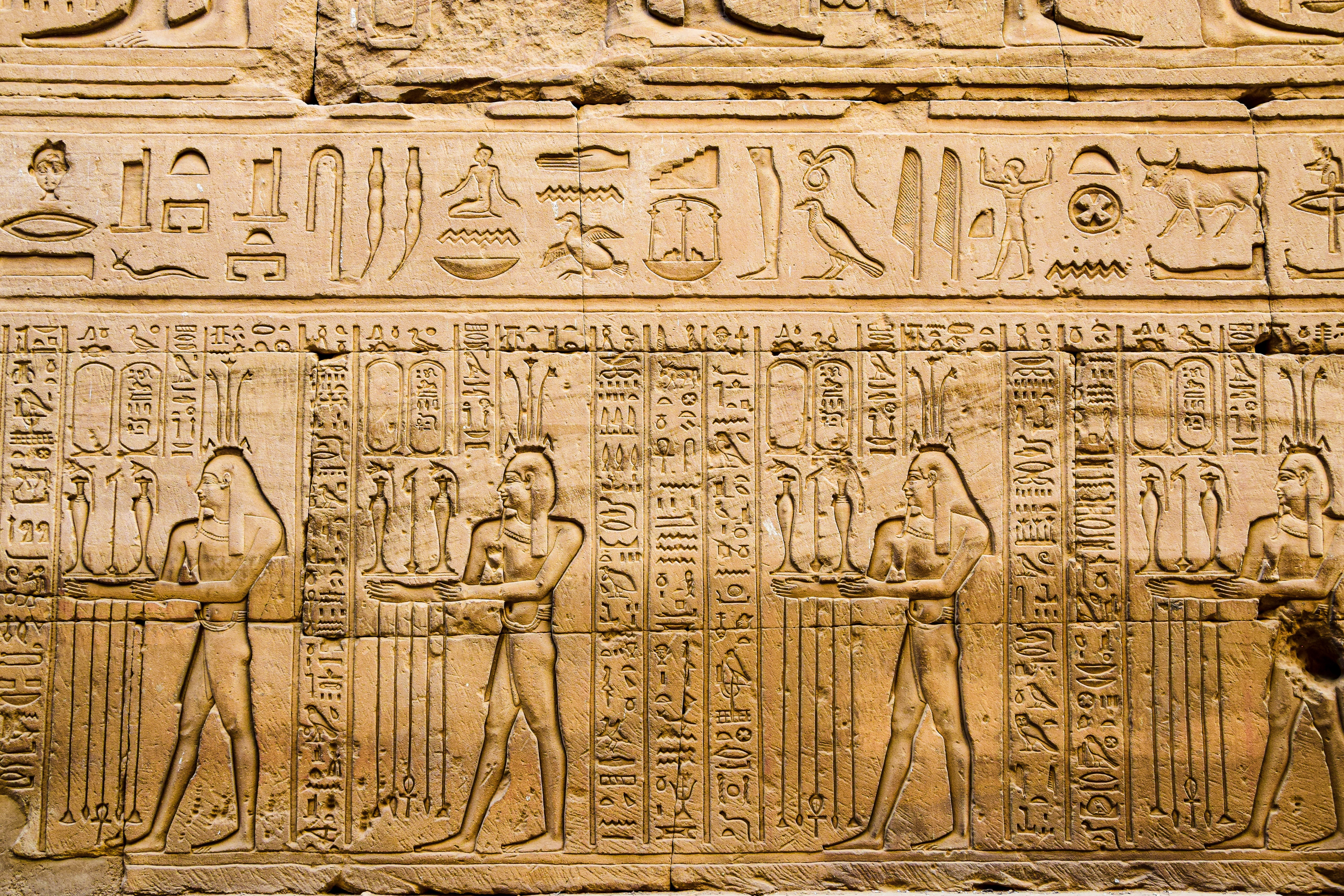
We research, curate and publish daily updates from the field of AI. Paid subscription gives you access to paid articles, a platform to build your generative AI tools, invitations to closed events, and open-source tools.
Consider becoming a paying subscriber to get the latest!
No spam, no sharing to third party. Only you and me.



